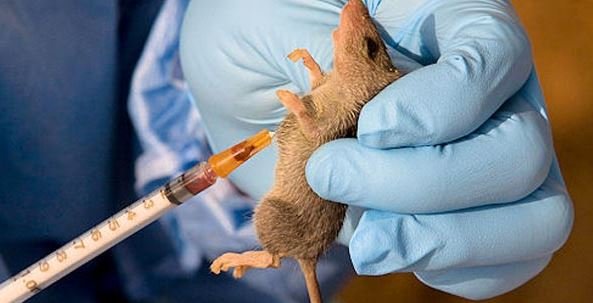
The Nigeria Centre for Disease Control registered 40 Lassa fever-related deaths in January, adding that four health workers were also infected following the latest outbreak of Lassa fever in the country.
The NCDC, via its verified website, made this known on Sunday morning, saying that it is currently distributing medical response commodities to states and treatment centres.
Lassa fever is a viral haemorrhagic fever transmitted by rats. It has been known since the 1950s, but the virus was not identified until 1969, when two missionary nurses died from it in the town of Lassa in Nigeria.
Found predominantly in West Africa, it has the potential to cause tens of thousands of deaths. Even after recovery, the virus remains in body fluids, including semen.
Neighboring countries are also at risk, as the animal vector for Lassa virus, the “multimammate rat” (Mastomys natalensis) is distributed throughout the region.
According to the agency, for January, the 40 deaths and 981 cases reported in January 2022 were across 43 local government areas in 14 states.
The public health agency said “Cumulatively from Week 1 to Week 4, 2022, 49 deaths have been reported with a case fatality rate of 19.0 per cent.
“In total, for 2022, 14 states have recorded at least one confirmed case across 43 local government areas. Of all confirmed cases, 82% are from the following states as follows – Ondo (30%), Edo (27%) and Bauchi (25%).
“The predominant age-group affected is 21-30 years.
“The number of suspected cases has increased compared to that reported for the same period in 2021”
The centre also noted that, “four health workers have been infected so far, 233 cases undergoing treatment, 617 cases undergoing contact tracing while 968 have been listed for follow up.”
The agency added that the states with the suspected number of cases were; Edo, Ondo, Bauchi, Benue, Oyo, Taraba, Ebonyi, Kogi, Kaduna, Katsina, Ebonyi, Plateau, Cross River, Borno, Anambra, Bayelsa, Jigawa, Kebbi, Ogun, Kwara, Lagos, Delta, Gombe, FCT, Nasarawa, Rivers and Enugu.
The NCDC said that Lassa fever is caused by a single stranded RNA virus and is a disseminated systemic primary viral infection.
“The main feature of fatal illness is impaired or delayed cellular immunity leading to fulminant viraemia.
“This is why health workers should maintain a high index of suspicion for Lassa fever, be vigilant and look out for symptoms of Lassa fever. Not all fevers are malaria,” it added.
The agency also reported its activation of emergency response over the virus across the country, saying activation became necessary given the increase in the number of confirmed cases across the nation.
Since, the last outbreak of the virus in 2016, the health agency noted that there had been an increase in the number of cases in the country.
Meanwhile, in 2019, the agency stated that 796 cases were reported, while in 2020, a total of 1,165 cases were confirmed at the peak of the pandemic.
NAN reports that the peak incidence is thought to be in the dry season (January to March), but data collected in Sierra Leone shows peaks in the overlap with the wet season (May to November).
Many infections are subclinical; a high index of suspicion, given the difficulties of clinical diagnosis, is needed when people present with a fever of unknown origin, with symptoms appearing up to 21 days after leaving the endemic area.
The virus is excreted in semen for three months after infection and experts do not know how frequently it may be transmitted through sexual intercourse.
Attempts are being made to produce a vaccine using the yellow fever virus as a vehicle.
The possibility that the Lassa virus could be used as a biological weapon has raised the profile of the need for a greater understanding of Lassa fever and for more effective control and treatment programmes.
NAN





